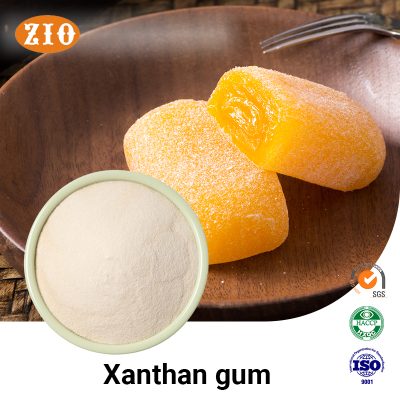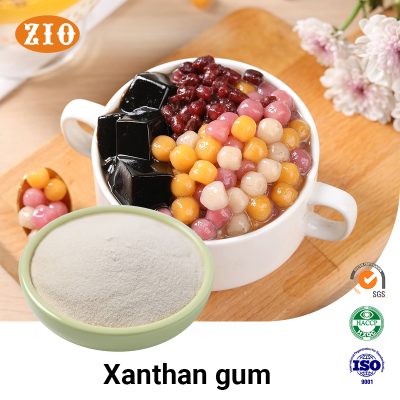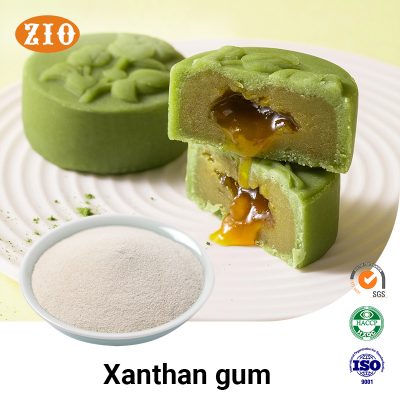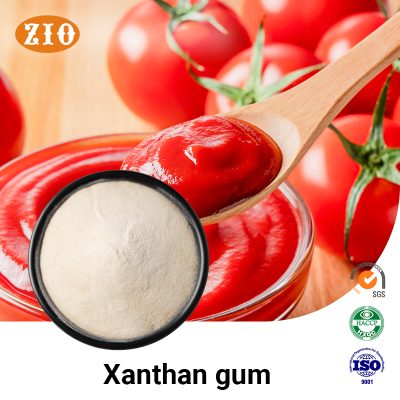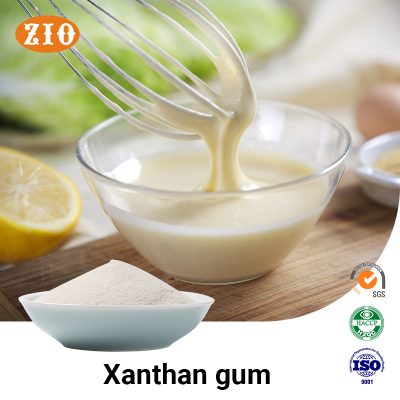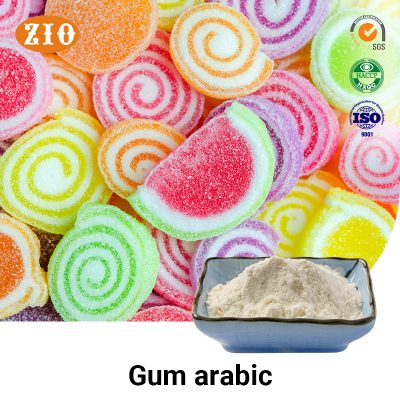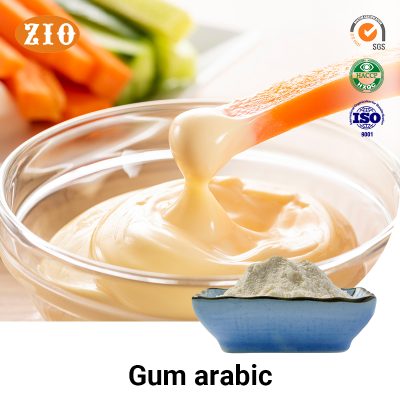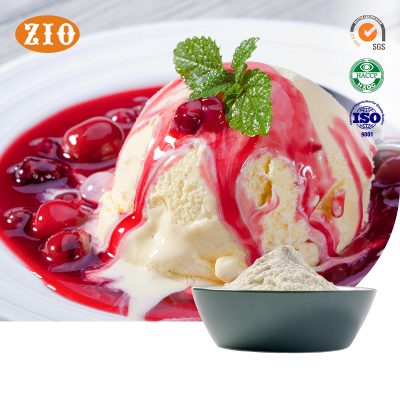Xanthan gum is an essential functional food additive widely recognized for its thickening, suspending, and stabilizing properties. Its applications span across food, beverages, pharmaceuticals, cosmetics, and oil industries, making it an indispensable ingredient in the global market. With the rising consumer demand for healthier foods, natural ingredients, and plant-based diets, the xanthan gum market is experiencing steady growth and expanding international trade opportunities.
In terms of market size, the global demand for xanthan gum has been growing consistently at an annual rate of 5%–7%. The food and beverage industry remains the largest consumer, accounting for more than 60% of total usage. Dairy products, juices, sauces, and frozen foods are key application categories. Meanwhile, pharmaceuticals, cosmetics, and industrial uses are emerging as strong growth drivers. For instance, xanthan gum is used in controlled-release pharmaceuticals, skincare formulations, and drilling fluids in the oil industry.
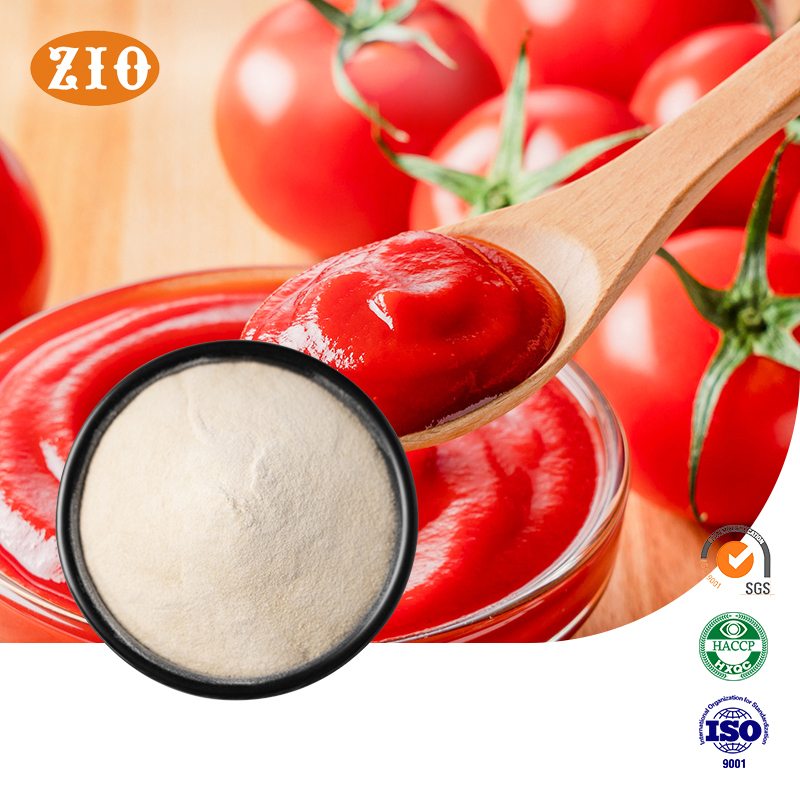
China stands as one of the world’s largest producers and exporters of xanthan gum, leveraging its large-scale production capacity and cost advantages. Chinese products are widely exported to North America, Europe, Southeast Asia, and the Middle East, where they are valued for affordability and stable supply. Other regions, such as India, the United States, and parts of Europe, are also developing xanthan gum production to meet local and regional demand.
Several factors influence international trade in xanthan gum, including regulatory standards, certifications, and tariff policies. Western markets, particularly the US and EU, have strict quality and safety requirements for food additives, necessitating compliance with FDA, EFSA, and ISO certifications. Additionally, halal and vegan certifications are becoming increasingly important in markets like the Middle East and Southeast Asia, where consumer preferences are shaped by religious and dietary considerations.
Looking forward, the global xanthan gum market holds promising opportunities. The rise of clean-label foods means consumers increasingly prefer natural and transparent ingredients. Xanthan gum fits perfectly into this trend as a plant-derived polysaccharide. Moreover, the rapid development of functional foods, dietary supplements, and plant-based products will further boost demand. For exporters, seizing this momentum by ensuring high product quality and expanding global distribution channels will be key to success.
In summary, the xanthan gum market is on a steady growth path, with food and beverages driving the majority of demand while pharmaceuticals and industrial applications open new avenues. International trade opportunities remain robust, especially for major exporting countries like China, which can leverage their production scale and competitive pricing to maintain a strong position in the global market.


 TOP5 citric acid products sold in china by 2024
TOP5 citric acid products sold in china by 2024